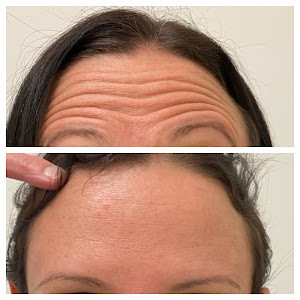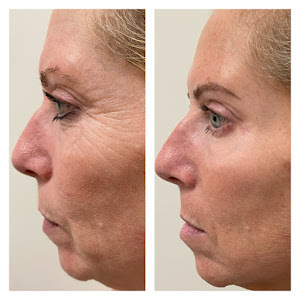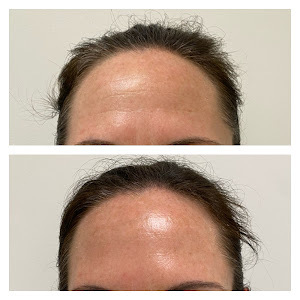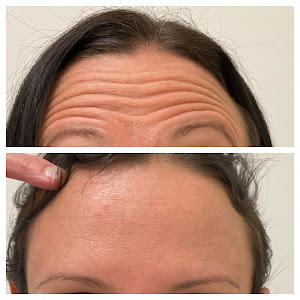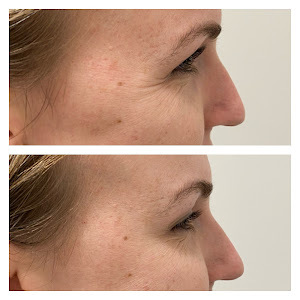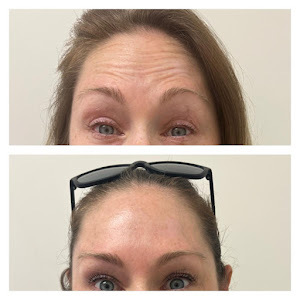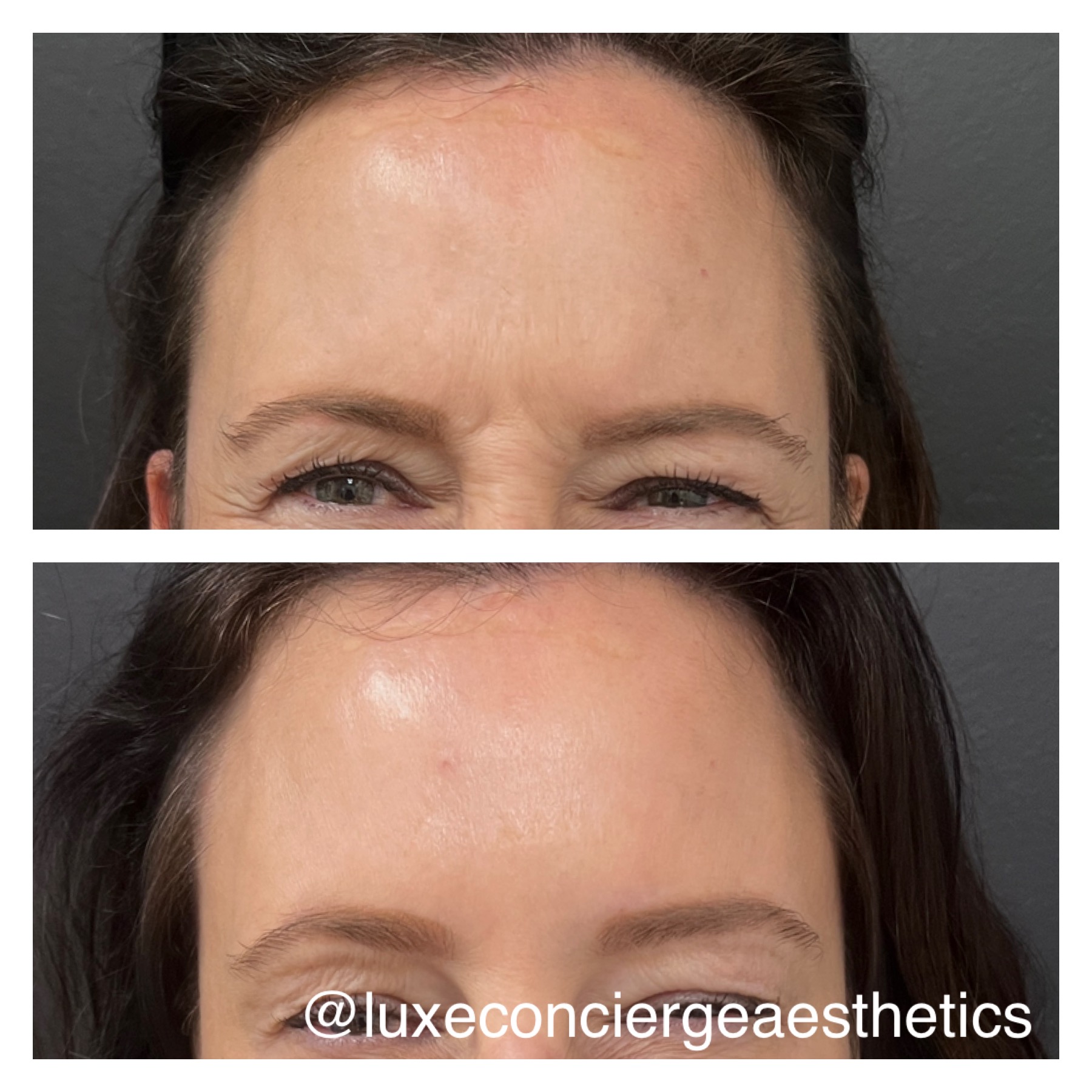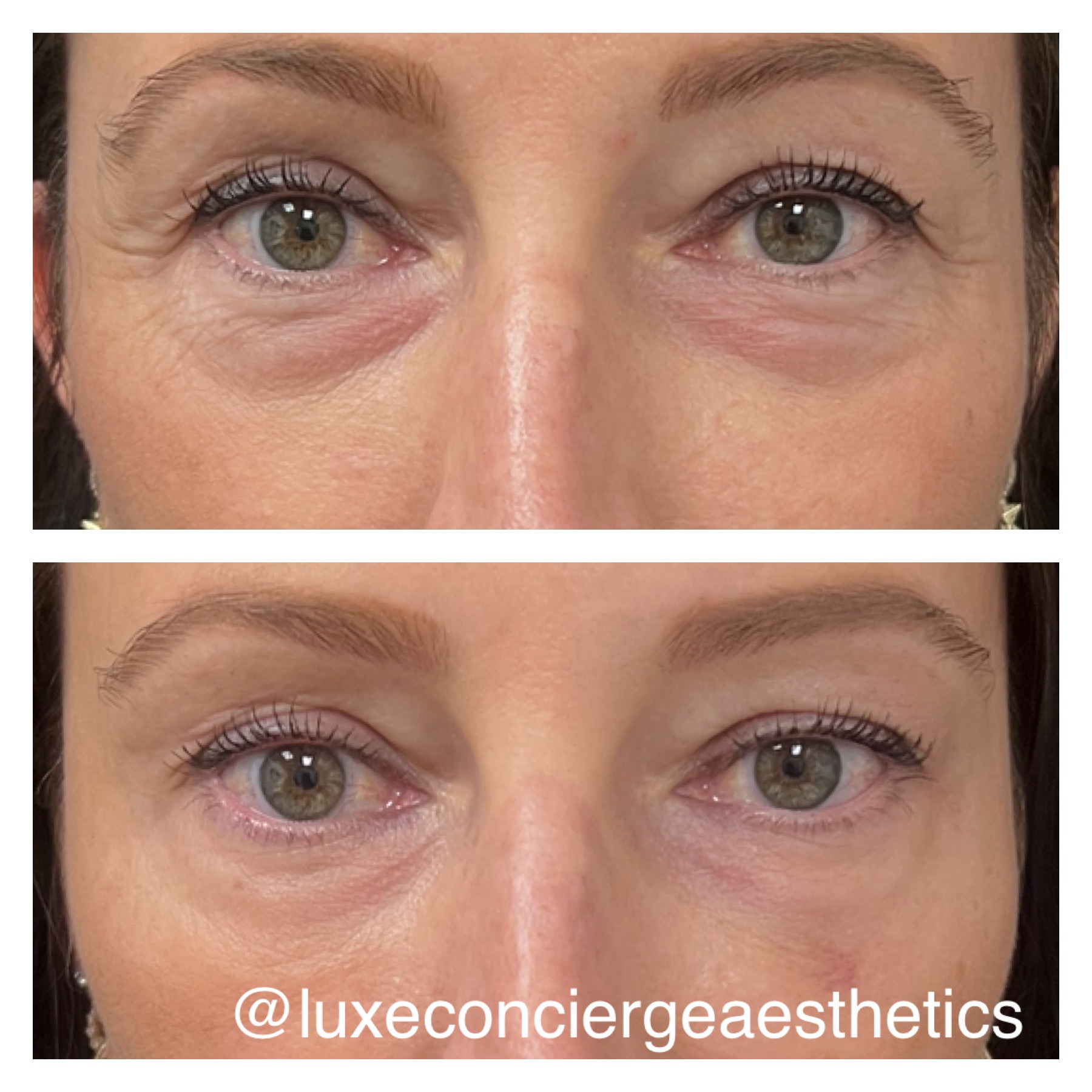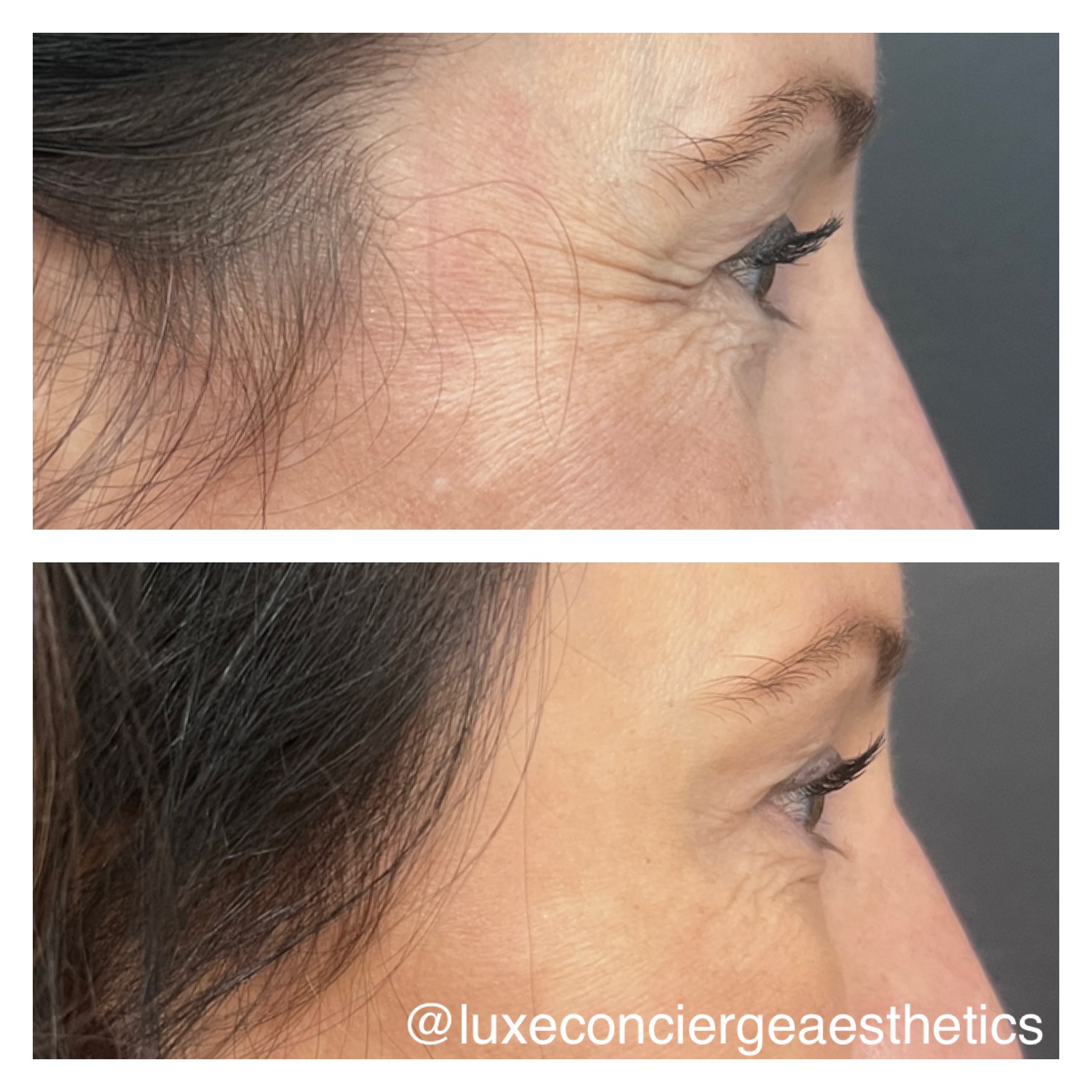wrinkle-relaxers-neuromodulators

wrinkle-relaxers-neuromodulators
Relaxes facial muscles to reduce the appearance of wrinkles and other signs of aging:
- Jeuveau
- Dysport
- Botox
- Xeomin
What are neuromodulators?
Neuromodulators, also known as neurotoxins, are injectable substances that work by temporarily blocking nerve signals to targeted muscles. They are commonly used in cosmetic procedures to reduce the appearance of wrinkles and fine lines. They work by temporarily inhibiting muscle movement-induced lines from developing, without impeding your ability to express emotions. Neuromodulators are typically used to treat dynamic wrinkles, such as frown lines, forehead lines, and crow’s feet
The most well-known neuromodulator used in cosmetic treatments is Botulinum Toxin Type A, which is marketed under brand names such as Botox, Dysport, Jeuveau, and Xeomin. When injected into specific facial muscles, neuromodulators prevent the muscles from contracting, resulting in smoother and younger-looking skin.
Will I see results right away after treatment?
After a neuromodulator treatment, you may start to notice some results within a few days, but the full effects typically become more apparent within 7 to 14 days. The treated muscles gradually relax, resulting in smoother and less wrinkled skin in the targeted areas. It is common for some patients to see immediate improvement in the first few days, while others may take a bit longer to observe noticeable changes.
It is important to keep in mind that individual results may vary, and factors such as the extent of treatment, metabolism, and muscle response can influence how quickly you see the effects. Typical follow up appointments are scheduled at 2 weeks post treatment to asses if additional units are required.
How long do neuromodulators last?
The duration of neuromodulators, such as Botox, Jeuveau, Dysport, and Xeomin, can vary from person to person. On average, the effects of neuromodulators typically last between 3 to 4 months.
Factors that can influence the longevity of neuromodulators include the dosage administered, the treated area, individual metabolism, muscle strength, and how quickly your body breaks down the product. To maintain the desired results, follow-up treatments are usually recommended once the effects start to diminish.
Is there recovery or downtime following injections?
Following neuromodulator injection, there is typically minimal to no downtime or recovery period required. Most people are able to resume their normal activities immediately after the treatment. It is important to avoid rubbing the treated area, leaning forward and laying down for four hours. It is also advised to avoid strenuous exercise, alcohol consumption, and excessive sun exposure for the first 24 hours after the injections to minimize the risk of side effects.
Some individuals may experience mild redness, swelling, or bruising at the injection site, but these side effects are usually temporary and subside within a few days. Applying ice packs and gentle pressure can help reduce any discomfort or swelling.

